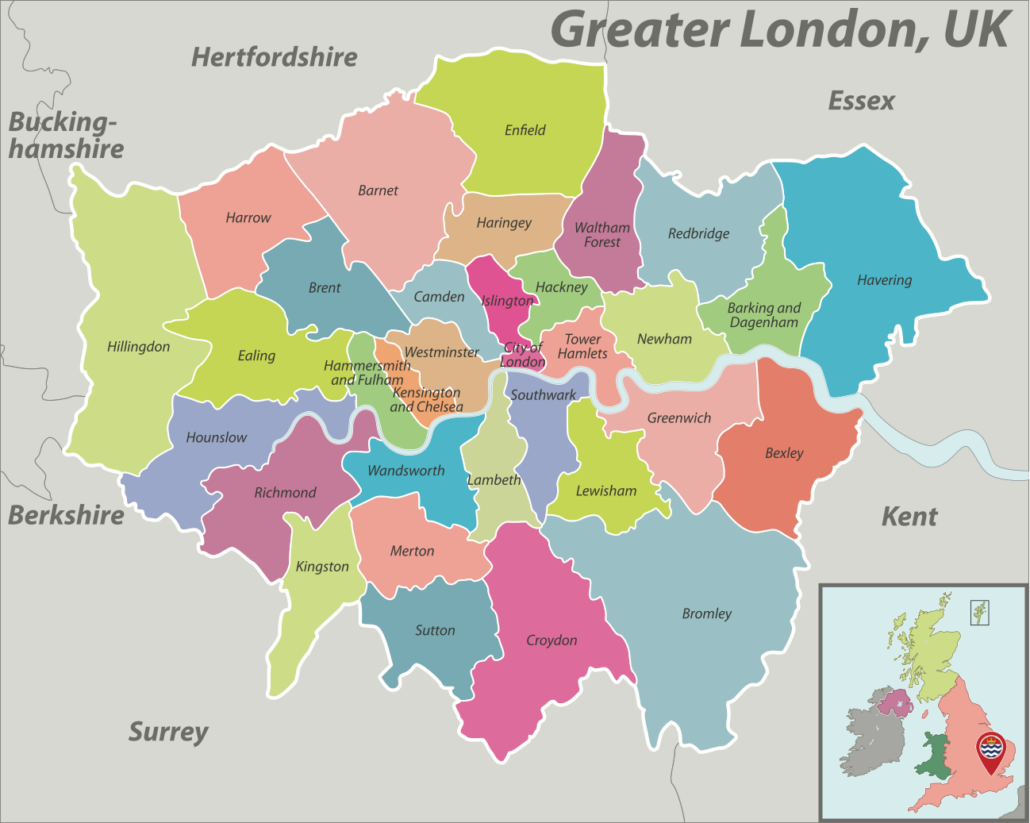The Location and Importance of a City in the UK
What is the location and importance of London?
London is the UK’s capital and the largest city in the country, with a population of 8.8 million people. The city is located in the southeast of England on the River Thames.
The City of London spans 1.1 square miles (2.9 square km) in the central region of Greater London. Greater London encompasses a broader metropolitan area with a substantially larger population, reaching up to 45 miles (70 km) from its centre.
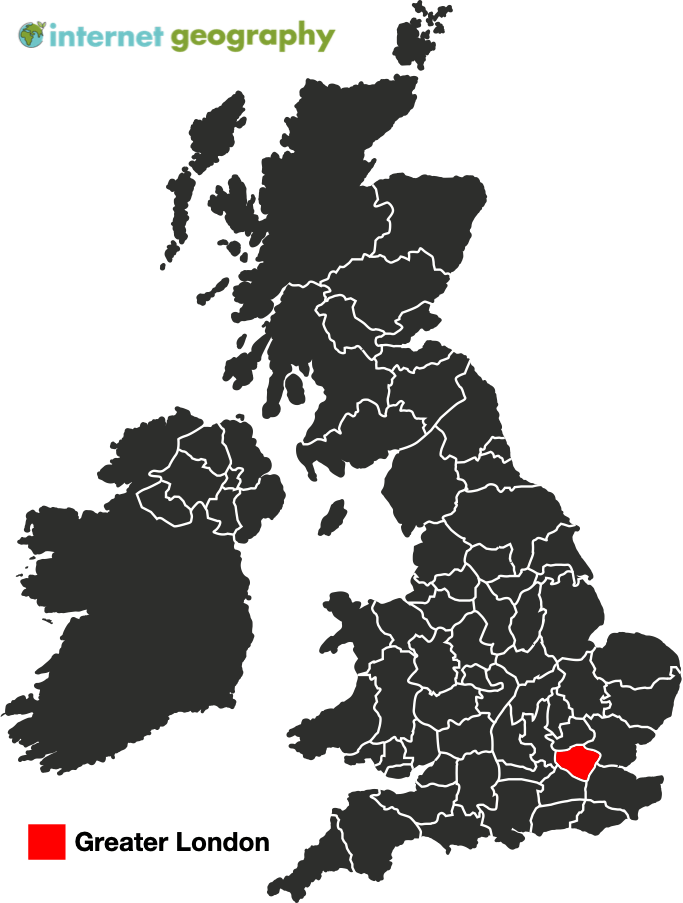
A map to show the location of London
Greater London, or London as it is commonly known, is an administrative area governed by the Greater London Authority. It is organised into 32 local government districts, also known as boroughs see the map below) along with the City of London.
According to the 2021 Census, Greater London had a population of 8.8 million, an increase of 7.7% since 2011.
When was London established?
When the Romans conquered the south of England in 43AD, they constructed a walled settlement on the north bank of the Thames to defend themselves from the defeated Britons. The settlement was named Londinium and became the Roman colony’s capital in Britain.
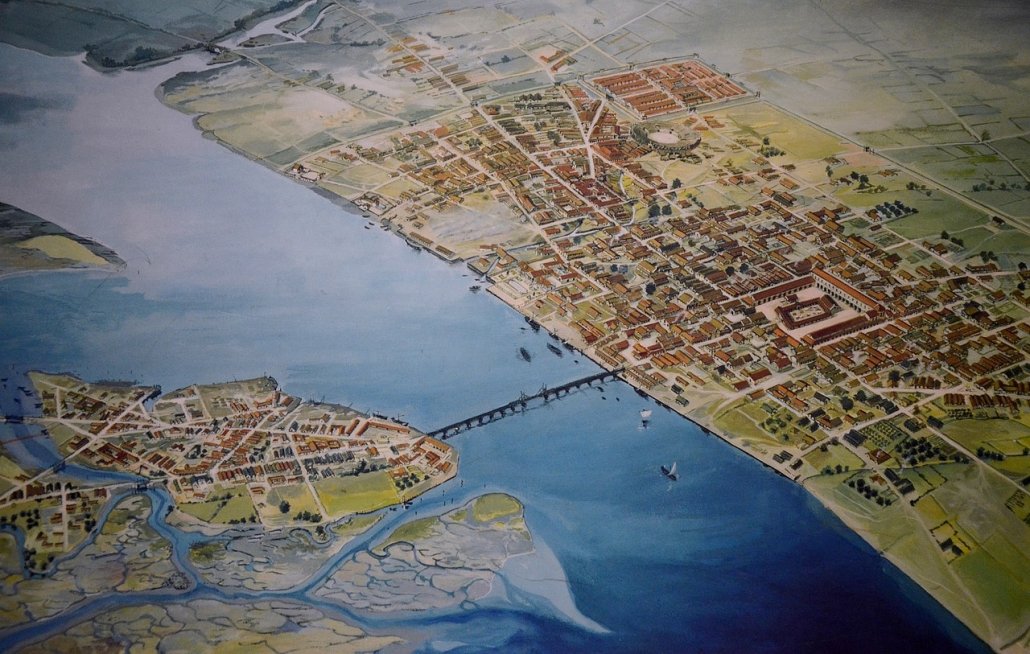
Reconstruction drawing of Londinium in 120 AD
Two main factors were essential to London’s success as a city. These were:
- The city became a port because the Thames is a tidal river.
- The city was constructed at the lowest bridging point on the Thames. This is the widest point along a river where a bridge can be built. The first bridge spanning the Thames was built close to present-day London Bridge.
Since it was established almost 2000 years ago, London is still the UK’s capital city. New docks built in the eighteenth century increased the number of ships using London as a port. This led to the growth of London as a centre for trade and commerce, and new manufacturing industries developed. Employment opportunities led to many people migrating from rural areas to London, increasing the population.
Towards the end of the twentieth century, London’s role as a port had significantly declined. However, it remains a hub for the UK’s transport network. Both the UK’s rail and road networks focus on London.
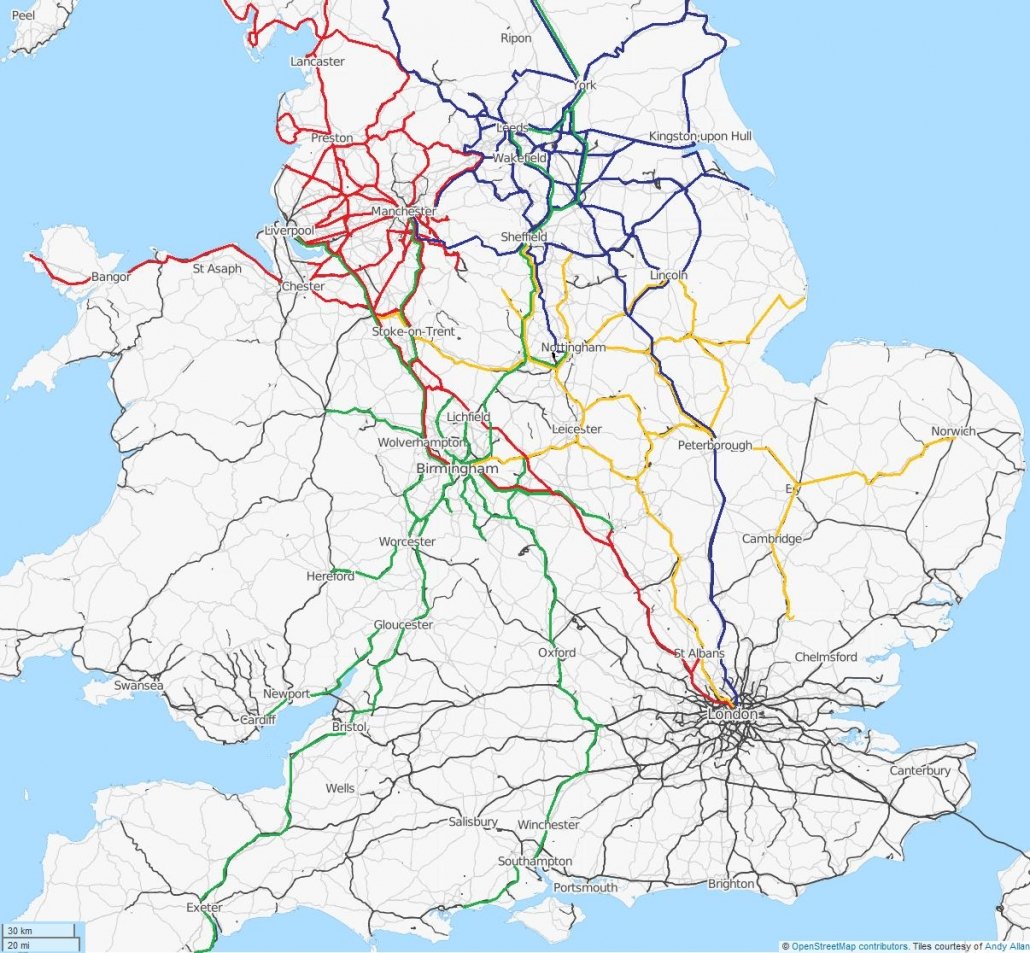
Rail network covering much of England and Wales
What is London’s national and international importance?
Why is London an important UK city?
London is the UK’s largest and wealthiest city. During the twenty-first century, the gap in earnings and house prices has increased between the city and the rest of the UK. Wages and house prices have increased rapidly in London.
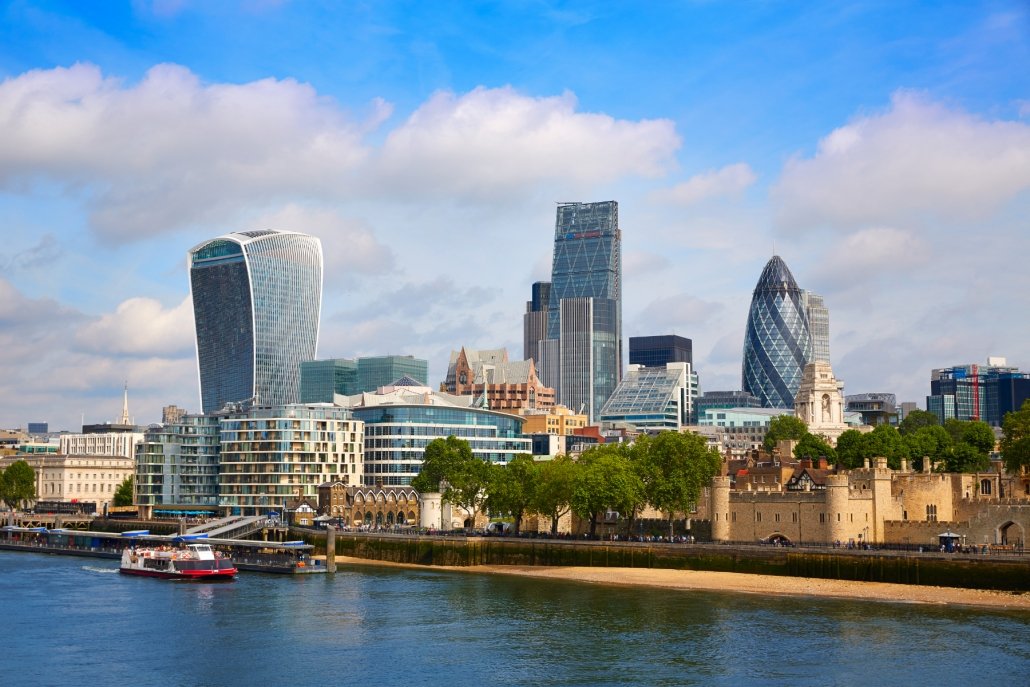
London financial district ‘Square Mile’
The city generates around 22 per cent of the UK’s GDP, even though it only accounts for 12.5 per cent of the UK population.
London represents one-third of higher education institutions nationally and one-fifth of the UK’s student population.
Why is London an important international city?
London is a world city. A world city is not just important nationally but also on the international stage. Along with New York, London is one of the two most important financial centres in the world. Much of London’s finance industry is located in the “Square Mile” or the “City,” the long-standing business hub of London. The other major financial district is the Canary Wharf area, about four kilometres east of the City.
The headquarters of many international companies are located in London as well as major British companies. Therefore, the city attracts highly skilled workers from across the globe. London is also a national and international centre for education, media and communications networks, medical and legal facilities and culture, tourism and entertainment.
London has the second-best global air connections in the world after Dubai. It is home to the UK’s two busiest airports, Gatwick and Heathrow. This helps to maintain its importance as a tourist destination and maintain London’s global connections.
Forty-seven per cent of the city consists of green space. London recently became the world’s first National Park City through its ambitious urban greening programme.
Related Topics
Use the images below to explore related GeoTopics.


